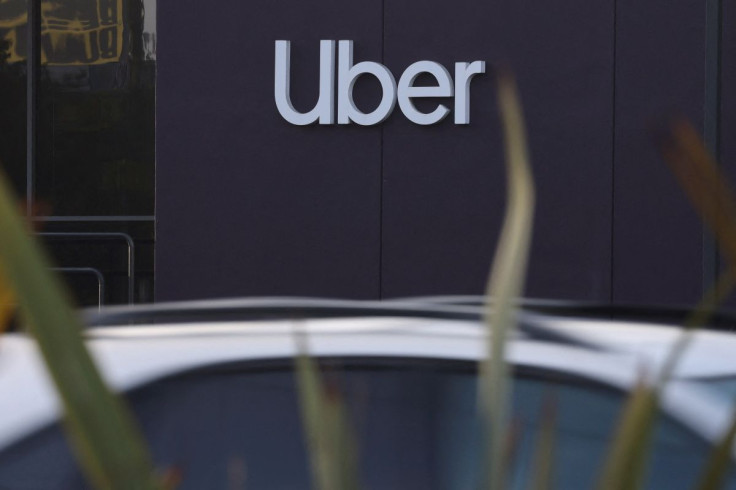Uber To Wall Street: We're Not Lyft

Uber Technologies Inc on Wednesday said it had no need to boost incentives further to lure more drivers and forecast a strong second quarter, a day after rival Lyft said it needed to spend more for labor in the coming months.
The ride hail giant brought forward its results to Wednesday morning from the afternoon after Lyft Inc shares sank 26% on Tuesday when its projected operating earnings fell short of expectations on higher driver pay, dragging down Uber's stock in its wake.
Uber shares dropped 9% in early trading, as analysts said investors were moving out of stocks of loss-making companies whose consumer-facing businesses could come under further pressure as inflation rises.
"Uber has a more diversified revenue base, given Uber Eats, but the issues that Lyft raises could yet impact Uber too, especially on the cost side," AJ Bell Investment Director Russ Mould said.
Lyft on Tuesday said it would have to invest more heavily to balance supply and demand in the coming quarters, eating into its already slim operating earnings. Lyft shares were down 30% in morning trading, wiping off more than $3.2 billion in market value since Tuesday's close.
Uber on Wednesday also reported a dip in monthly active users in the first three months of the year from the previous quarter, a common trend in the industry during the colder winter months, but was keen to set itself apart from its smaller competitor.
"You heard I think last night one of our competitors in the U.S. is having challenges," Uber Chief Executive Dara Khosrowshahi told analysts during a post-earnings call in reference to Lyft.
Khosrowshahi said Uber's driver base was at a post-pandemic high, adding that the company expected that trend to continue without significant incentive investments.
Hargreaves Lansdown analyst Susannah Streeter said Uber had been able to better retain and attract drivers by offering earnings opportunities in not just ride-hail, but food delivery during the pandemic.
"There has been some relief among investors that for now Uber isn't in quite the same vulnerable position of having to offer steep incentives to lure drivers back," Streeter said.
Uber executives said drivers on the road for more than 20 hours a week were earning an average of $39 an hour in the first quarter, including tips and a fuel surcharge. Lyft on Tuesday put average March driver earnings at $24 including tips, but excluding a 55 cent per-ride fuel charge.
Uber reported first-quarter adjusted EBITDA, which excludes stock-based compensation and other expenses, of $168 million. That surpassed the average analyst expectation of $132 million, according to IBES data from Refinitiv.
The company's second-quarter guidance also topped analyst expectations.
Ride-hail revenue, which took a tumble during the pandemic, for the first time outpaced delivery revenue in a sign of travel rebound. April mobility gross bookings exceeded 2019 levels in all global markets, Uber said.
The return of riders did not come at the expense of Uber Eats customers, who continued ordering food deliveries from restaurants.
Uber also said it expected to generate "meaningful positive cash flows" for the full year, which would mark the first time it achieved this goal in the company's 13-year history.
However, on a net basis, Uber's first-quarter loss surged to $5.9 billion from $108 million a year ago, driven by $5.6 billion in drops in the value of stakes in other, poorly performing companies, primarily Chinese ride-hail company Didi Global Inc.
Uber Chief Financial Officer Nelson Chai said Uber had the liquidity to sit on the loss-making positions and wait for a better time to sell them.
© Copyright Thomson Reuters {{Year}}. All rights reserved.





















